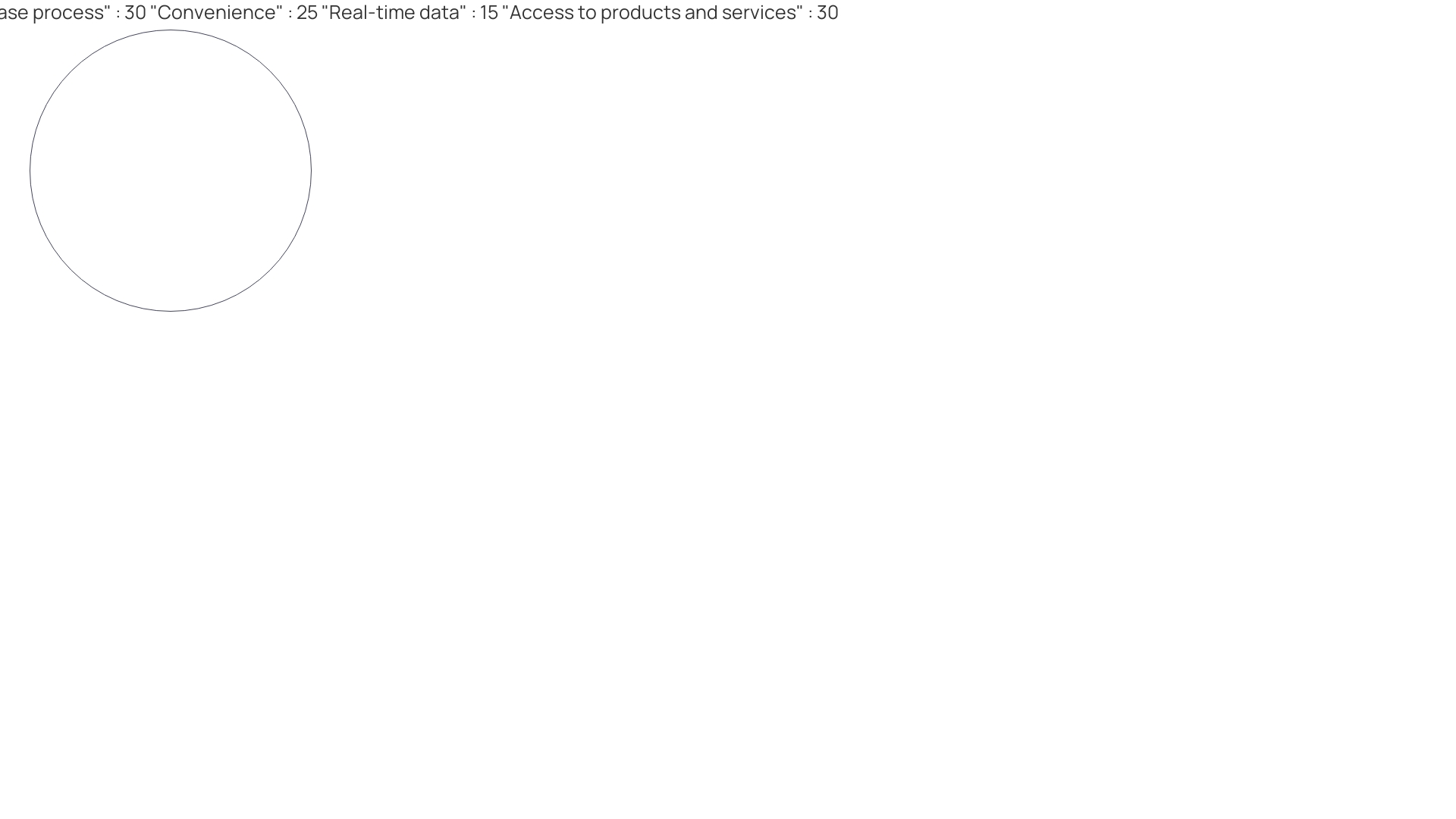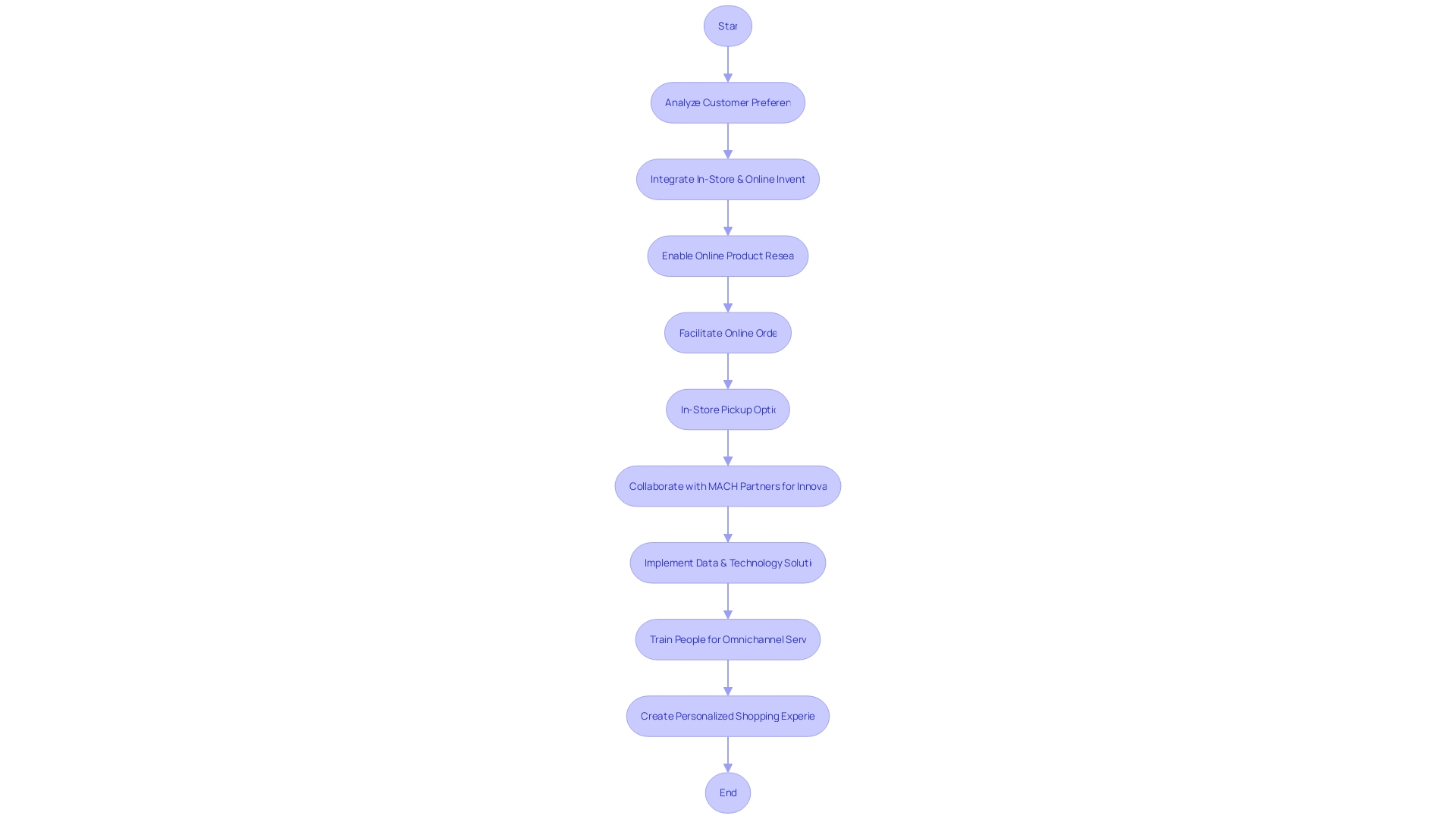Introduction
The retail industry is undergoing a monumental transformation, driven by the integration of sophisticated software solutions. These technologies are not just enhancements; they are redefining the shopping experience. In this article, we will explore the power of retail software companies and how they are revolutionizing the industry.
From streamlining operations to enhancing customer experiences through personalization, we will delve into the various aspects of retail software and its impact on business growth. Additionally, we will discuss the importance of integrating online and offline channels for omnichannel success and provide insights on choosing the right retail software company. Join us as we explore the world of retail software and its role in shaping the future of the retail industry.
Understanding the Power of Retail Software Companies
The retail industry is undergoing a monumental transformation, fueled by the integration of sophisticated software solutions. These technologies are not merely enhancements to existing systems; they are redefining the essence of the shopping experience.
Retailers are now empowered to not only sell products but to create immersive, personalized experiences for their customers. The innovative use of platforms like Lightspeed Retail POS demonstrates how retailers can manage vast inventories and offer flexible shopping options, from in-store purchases to curbside pickups, adapting to consumer needs and the changing business landscape.
In the face of staffing shortages and supply chain issues, retailers like City Bird have leveraged such platforms for over a decade, evolving with the technology to continually meet customer demands and stay ahead of the curve. Similarly, The Brande Group's shift to a more efficient retail management system underscores the necessity for low operational costs and high efficiency in today's competitive market.
Furthermore, the recent closure of the retail pop-up space provider Sook highlights the harsh realities of the industry and the critical need for sustainable, scalable technology solutions. The gap between consumer expectations and retail leaders' perceptions of post-purchase processes—83% of consumers see room for improvement, while only 18% of retail leaders believe significant enhancements can be made—is a call to action for retailers to optimize their post-purchase experiences. As major tech hubs like San Jose and San Francisco witness significant declines in brick-and-mortar stores, the retail sector must embrace the disruptive forces of technology, data, and predictive analytics to thrive. Retailers must align with commerce partners that share their vision for an open, flexible, and scalable technology architecture to keep pace with innovation and deliver exceptional service, as Footasylum's collaboration with MACH certified companies illustrates. In doing so, they can transform challenges into opportunities for growth and innovation.
Streamlining Operations with Retail Software
Retail operations have undergone a profound transformation, primarily driven by the need for real-time data and the demand for convenience from customers. Advanced software solutions, such as those provided by visionary IT companies, are at the forefront of this revolution, automating key retail processes and enhancing efficiency.
The integration of such technologies is not merely an upgrade but a complete reinvention of the customer experience. For instance, the Travel Charme Strandhotel in Germany has harnessed these solutions to manage peak demands effectively, ensuring a seamless guest experience even during the busiest times.
Moreover, with 69% of customers expecting new ways to access products and services, the pressure is on retailers to deploy systems that can deliver enriched data from diverse sources instantaneously. The collaboration with MACH certified companies like NewStore and Talon.
One exemplifies the industry's move towards innovative platforms that can sustain growth and meet heightened consumer expectations. These solutions are vital in maintaining an up-to-the-minute view of inventory, which is essential for providing expanded customer experiences. As the retail landscape continues to evolve, investing in technology becomes crucial, and creative funding methods, from government grants to crowdfunding, are available to support these advancements. Retailers must recognize that while only 18% of leaders believe the post-purchase process can significantly improve, a staggering 83% of consumers see room for enhancement, indicating a stark gap in perception that must be addressed to optimize the customer journey further.

Enhancing Customer Experiences through Personalization
Retail software companies are at the forefront of creating personalized experiences that resonate with modern consumers. The integration of artificial intelligence and machine learning enables a deep analysis of customer data, allowing for the delivery of product recommendations and promotions that feel tailor-made. Such personalization is no longer a luxury but a necessity, as 73% of consumers and 87% of B2B customers now expect delightful interactions throughout their purchasing journey.
Moreover, 80% of consumers are more inclined to engage with brands that offer such individualized attention, as evidenced by an Epsilon survey. A case in point is VistaPrint, which saw a 10% increase in conversion rates and a 30% reduction in total cost of ownership after implementing Amazon Personalize to offer real-time product recommendations. This not only streamlines the shopping process but also significantly enhances customer satisfaction.
Retailers are moving beyond transactions to create immersive experiences that foster loyalty and repeat business. As personalized experiences become the heart of retail innovation, companies must anticipate and cater to customer needs proactively, ensuring every interaction is an opportunity to build a lasting relationship. The challenge lies in capturing and utilizing customer data swiftly to meet and exceed the high standards of personalization that consumers have come to expect.

Driving Business Growth with Data-Driven Insights
In the dynamic world of retail, data is the linchpin of informed decision-making. With the rise of e-commerce, companies like MandM Direct harness the power of data to delve into customer preferences, ensuring marketing efforts resonate with their target audience.
By evaluating future customer value, they strategically enhance engagement with high-intent cohorts, while understanding traits of lower-value profiles to foster desired behaviors. This data-driven methodology is vital in a landscape where 60% of Londoners report diminished brand loyalty, underscoring the need for retailers to stay agile and relevant.
The integration of Data Science into retail operations allows businesses to mine a wealth of data, transforming it into actionable insights. Retailers like John Lewis Partnership capitalize on this by partnering with Google Cloud, leveraging AI and ML to offer personalized experiences, a move that aligns with the trend where only 18% of retail leaders, versus 83% of consumers, see room for improvement in the post-purchase process.
Data analytics not only provides a clearer understanding of consumer personas but also informs strategic interactions using models like RFM scoring. By adopting advanced technologies like AI, companies can scale personalization, creating experiences that foster loyalty and drive growth. The forward-thinking approach of retailers like Footasylum, collaborating with MACH-certified companies, exemplifies the strategic investment in platforms that elevate service levels. In a market where digital transformation distinguishes leaders, embracing omnichannel strategies and leveraging data analytics for targeted communications is not just advantageous—it's imperative for survival and growth.
Integrating Online and Offline Channels for Omnichannel Success
As the retail industry continues to evolve, the integration of digital and physical commerce channels has become a pivotal strategy for enhancing customer experience and driving business growth. Take the case of Media Markt, Europe's largest electronics retailer, which has successfully bridged the gap between its extensive network of physical stores and its robust digital presence.
By synchronizing in-store and online inventory, MediaMarkt offers customers the flexibility to research products online, place orders, and collect purchases in-store within just 30 minutes – a testament to the power of seamless omnichannel integration. Retailers are recognizing the importance of omnichannel strategies, which not only improve customer satisfaction and loyalty but also streamline operations and inventory management.
The Sorted research highlights a significant gap between consumer expectations and retail leaders' perceptions of the post-purchase experience, with 83% of consumers seeing room for improvement. To address this, companies are collaborating with MACH-certified partners like NewStore and Talon.One to innovate and enhance service levels.
Moreover, the rise of omnichannel retailing is not limited to established players. Even online-first brands are venturing into physical spaces, as seen with Shein and eBay, to replicate the success of their digital platforms in an offline environment. This shift underscores the need for a holistic approach that encompasses data, technology, and people to create a consistent and personalized shopping journey across all channels, as highlighted by Joel Goldstein, President of Mr. Checkout Distributors. As retailers like MediaMarkt demonstrate, adopting an omnichannel strategy is essential for modern retail success, allowing brands to meet customers wherever they choose to engage.

Choosing the Right Retail Software Company
The process of selecting a retail software company is a multifaceted undertaking, requiring a thoughtful approach that aligns with a retailer's unique objectives. For instance, examining the success story of Mike's Bikes reveals the importance of an omnichannel experience that synchronizes online and in-store offerings.
Their strategic use of digital price tags and innovative networking solutions underscores the significance of a customer-centric and integrated retail environment. Furthermore, the case of BigBasket demonstrates the power of leveraging advanced technologies like Amazon SageMaker to streamline operations and enhance the customer journey, resulting in substantial cost savings and improved efficiency.
Considering the retail sector's evolving landscape, as exemplified by Crew Clothing's adoption of Workday Financial Management for better data visibility, it's clear that agility and an ability to adapt are critical. Retailers must prioritize scalability, ensuring that their chosen software can grow alongside their business.
In addition, the integration capabilities of retail software are paramount, allowing for seamless connections between various data sources and systems, as highlighted by the centralization benefits discussed. Moreover, ongoing support and maintenance are crucial elements that can't be overlooked. The rapid pace of innovation in retail necessitates a reliable partner that can offer expert guidance and timely assistance, aligning with the insights of Footasylum's E-commerce Director, Mike Wallwork, on the necessity of open, flexible, and scalable technology architectures. Ultimately, when retailers, like those working with visionary IT companies, seek to transform their customer experience, they must consider not only the technical aspects but also the ability to create tailored experiences that resonate with consumers personally. By doing so, they position themselves to enhance customer lifetime value, gain a competitive edge, and drive sustainable growth.
Conclusion
In conclusion, the integration of advanced software solutions is revolutionizing the retail industry. These technologies streamline operations, enhance customer experiences through personalization, and drive business growth with data-driven insights.
Retail software companies empower retailers to meet evolving consumer expectations and provide expanded customer experiences. Swift utilization of customer data allows for proactive engagement and lasting relationships.
Integrating online and offline channels is essential for omnichannel success, enhancing customer satisfaction and streamlining operations. When choosing a retail software company, retailers must consider their unique objectives, scalability requirements, integration capabilities, and ongoing support needs. By selecting a reliable partner that offers expert guidance and resonates with consumers personally, retailers position themselves for enhanced growth and sustainable success. Embracing sophisticated software solutions is paramount for retailers looking to thrive in this transformative era, shaping the future of the industry while meeting evolving consumer expectations.





